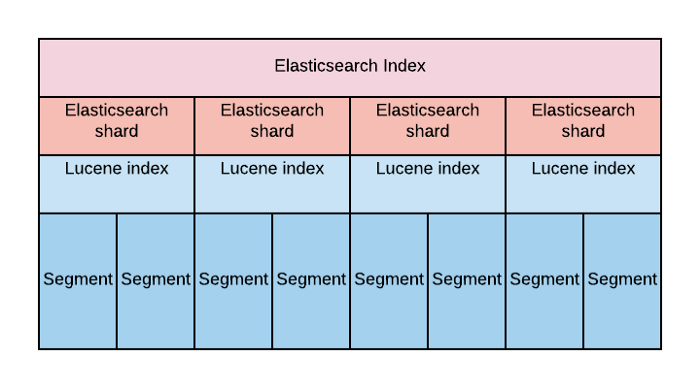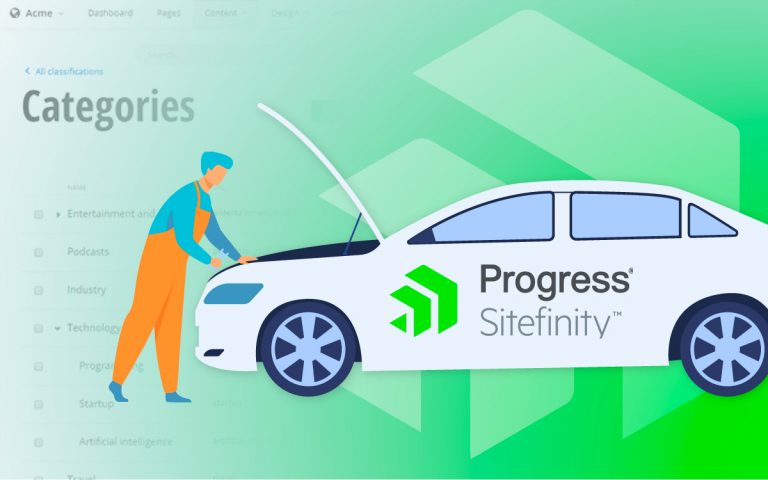Useful for a beginner Systems Analyst
I would like to share with you the Key skils Systems Analyst that I found and created for myself, so that in the future you can easily evaluate your knowledge on all points.

If, based on your training, you have made a shortcut and realized that you have the base, then move on to the first 13 questions that you will be asked at the interview:
Here are questions, quick answers and a link to read about them.
1) What types of requirements do you know?
Specification of requirements: Functional and non-functional: times, two.
Articles for developing technical specifications from scratch
2) What are the functional requirements?
Description of behavior and requirements from the system
CgatGPT chat will help you formulate requirements at the initial stage
3) What is included in non-functional requirements?
Description of user requirements
4) GOST 19 and 34 what are they needed for and what is the difference between them?
If documentation is being developed for a program that is created for a specific enterprise, then GOST 34 is used. If documentation is being developed for a mass program, then GOST 19 is used. Link.
5) Requirement criteria.
For everything: Atomicity, Completeness, Brevity, Consistency, Feasibility, Prioritization, Testability, Unambiguity, Understandability. Once, two.
6) Interested parties (stakeholders) – who are they and how to interact with them?
A stakeholder is a person who has an interest in a project or organization or influences a project or organization. Stakeholders are internal (for example, employees and management) and external (for example, customers, suppliers, the public) We use the RACI project impact tableHow to manage stakeholders.
Who are they and how to identify them.
7) What is included in your typical problem statement?
For the developer, mockups or links to them, details of the experiment, if one is planned, analytics, platforms on which the feature is implemented, links to design documents/APIs, related tasks. How to write Tasks to a developer: once, two.
8) How is Kanban different from Scrum?
Kanban is a method of working through a board, that is, a task consists of the next task (parent, child) until one task is closed, we cannot move on to another Scrum is work with sprints and deliver on the sprint deadline.
9) Where can Scrum be used and where not?
More suitable for product development than outsourcing. Scrum is not well suited for organizing the work of internal departments – support, lawyers, marketing. Conclusion: Scrum is well suited for developing new software products. And it is very limitedly suitable for outsourcing projects, especially not software ones. Link.
10) What is XSD?XSD
This is a language for describing the structure of an XML document.
11) How is SOAP different from REST?
Both applications communicate using an API that defines communication rules. SOAP and REST are two different approaches to API development. The SOAP approach is highly structured and uses the XML data format. REST is more flexible and allows applications to exchange data in multiple formats. Link.
12) What is XML and what does it contain? XML is an extensible markup language. Used to store and transmit data. So you can see it not only in the API, but also in the code. Link.
13) What methods are there in REST Traditionally, the REST API architecture uses four methods: GET—reading information. Requests generated by this method are responsible for simply transferring data from the server, but do not delete or correct it. DELETE – deleting data. POST – creating or registering records. PUT – changing or updating data. REST Tools. Link.
I hope this was useful 🙂




